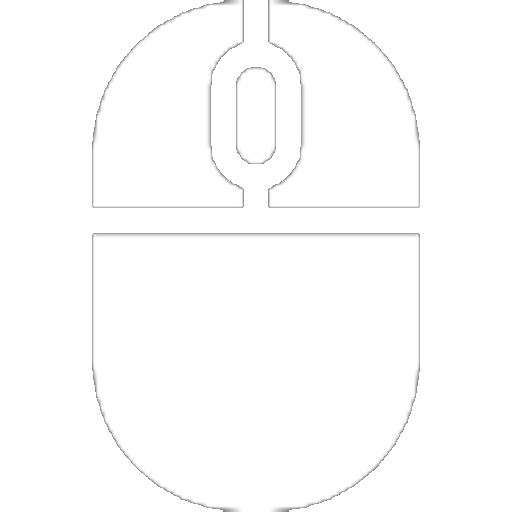At the University of Chicago, at a planned event in the United States, the “quantum” Internet project is presented. This is how the American media outlined the project. The project implies that a prototype of a communication line between cities with the implementation of the mechanisms of quantum physics will be built within 10 years. According to US officials, “this is the beginning of a new era of telecommunications.”
In November 2018, Donald Trump signed into law the National Quantum Initiative. In February 2020, the US Department of Energy showed 17 nat. laboratories specially assembled to develop the main points of the plan on which the Internet of the next generation will rely. In fact, you need to develop everything from scratch: principles and algorithms for the application of quantum physics, devices that work on the interaction of quanta, development strategy and tactics used. Roughly speaking, the President of the United States has set the task of implementing a detailed plan and creating an installation that will help transform the dream into reality.
So far, no details are known. However, the successful experience of bunching 2 photons at a distance of a loop from a fiber optic cable with a length of 83 kilometers was delivered in February 2020. In the long term, this may work when creating a three-node quantum traffic exchange point.
Scientists said that the plans for the next year are preparing the implementation of the connection of the quantum communication line of the University of Chicago with the line of the National Laboratory. Fermi in Batavia. The distance between these objects reaches 130 km. This will give a chance to bind photons at a fairly significant distance and contribute to the implementation of the transmitted data.
The project will be financed from budgetary funds, which amount to $ 1.275 billion.
As for China, Canada, and even Russia, quantum information technologies are also being developed in these countries. For example, scientists from China in February 2020 published an experiment in the journal Nature related to their quantum Internet amplifiers.
First of all, organizations that process significant volumes of highly sensitive data and are traditionally vulnerable to cyber attacks will use such a communication line. These organizations include the financial services industry and government agencies responsible for national security.
Marco Pistoia, managing director and head of global applied research and development technology at JPMorgan Chase & Co, also commented in an email on the importance of the event: “Literally anything encrypted today will be suitable for the quantum internet of the future.”
The main technical challenge facing physicists to build a quantum Internet is to create entangled photons and keep them entangled while transmitting data across the country.


